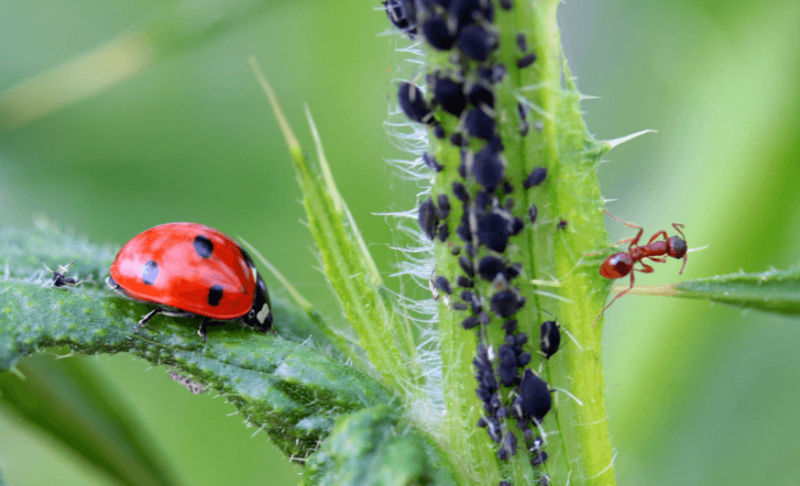Plants may seem defenseless against insects, having neither hands nor tail to brush them away. But many produce potent repellent chemicals, ranging from ones that just taste or smell bad to ones that can kill.
Some, through natural selection, have evolved a different strategy aimed at dispatching unwelcome visitors: They send out odor signals to attract their enemies’ enemies. Depending on the signal, various members of a motley crew of self-interested creatures may respond. Some devour the plant eaters, while some simply deposit their eggs in them and let their larvae finish the job. Others bring in deadly bacteria.
Chemical ecologist Ted Turlings of the University of Neuchâtel in Switzerland has been studying this bag of tricks for over three decades, in various spots around the world.
…
“There currently are relatively effective ways to control that [western corn rootworm] pest by using pesticides and genetically modified plants, the Bt plants, that produce a toxin that kills the larvae. But in all cases, I’m afraid the beetles will eventually develop resistance. The only way to avoid that, I think, is to use living organisms to control the pests,” [Ted Turlings explained.]































